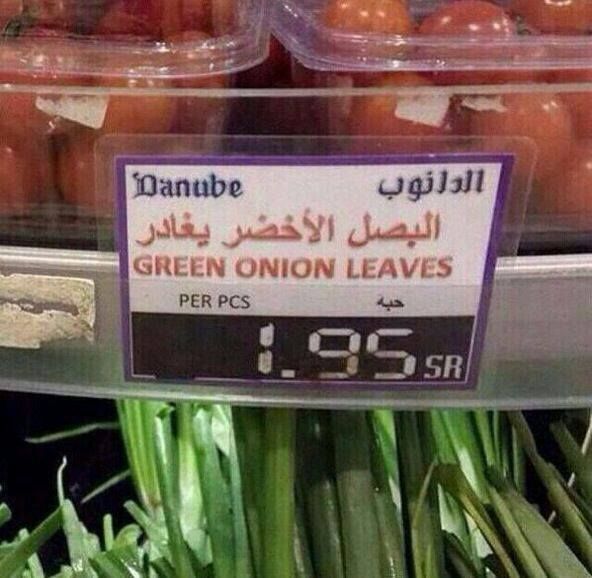We’ve learnt that when marketing in the Middle East, or rather when marketing efficiently in MENA, you need to market smart with Arabic.
We’re an ad agency that has been around for well over a decade in Dubai. And one thing that has rung true throughout the years is that you cannot market entirely effectively in the Middle East without marketing in the Arabic language.
The second recommendation is that you ought to ace marketing in Arabic with as much creativity and finesse as you do in English.
Over the past decade we’ve chalked up a few anecdotes – some painful, all embarrassing – about using Arabic in marketing. And we’ve learnt a few lessons, too.

Saad Lamjarred from his hit-song “M3allem”
Embarrassing Crisis Averted #1: When a client from the automobile industry suggested we use Saad Lamjarred’s hit-song “M3allem” for an ad campaign. Catchy tune, yes. Good idea? Hell no! As has been widely reported, Saad has been accused of serious sexual misconduct in three separate cases. However, because the client did not speak Arabic or were not aware of the conversations happening in Arabic entertainment media, when they heard ‘Saad Lamjarred’ only his catchy tune came to mind. We, however, heard the death knell of their campaign – and quite possibly their brand – and so we swiftly killed the idea.
Because now you have no choice but to listen to the m3allem’s catchy tune
Embarrassing Crisis Averted #2: A high-profile hospitality client’s translation agency sent us copy in Arabic for validation. We nearly fell off our seats when we read “Master’s degree in the toilet”. What they intended to say was that there was a “master bathroom” in the hotel suite. Of course, this was a classic case of the perils of using Google Translate without contextual validation. Nowadays (and to avoid falling off our, erm, toilet seats), in the briefing checklist we send to clients who request an assignment, we’ve now included, “Was Google Translate used at any time in the preparation of the copy?”
Embarrassing Crisis Averted #3: We took some out-of-town Arab business associates of ours to a restaurant we had helped rebrand. Everything was smooth sailing – until we were handed the menus. For reasons we still struggle to comprehend, the restaurant had decided to wing it with the Arabic. Chicken was written as ‘firakh’ (taken from the Egyptian dialect) instead of the standard ‘djaaj’ (which is what is typically used in the UAE). While it would be an exaggeration to call this a crisis, it certainly is less appropriate to use ‘firakh’ in the UAE context. There were other mistakes as well, besides. And this was only the first of several uses of the incorrect Arabic dialect, a point to be taken seriously when considering the cultural and regional particularities of where you are in the pan-Arab world / GCC. Needless to say, our associates politely requested English menus.
Far too often, Arabic is an afterthought when marketing in the Middle East, and this trend is particularly prevalent in parts of the GCC where the expat population is high.

Taken from a store in Saudi Arabia, the Arabic is a literal translation of the English, i.e. “Green Onion Departs”. Coincidentally, this is also how you turn green veggies pink. With embarrassment.
Whereas Arabic speakers represent 5% of the world’s population and are growing at a faster rate than those of many other languages, online Arabic content constitutes less than 1% of the total. In the same report from strategy&, we learn that among 15- to 35-year-old Arabs who are consistent users of technology, 41% search the internet in both Arabic and English.
However, while English content is more available online and young Arabs use English more often when conversing, particularly in the GCC, Northwestern University reports that as of 2017 nearly all Arab nationals, 78% of them, access the internet in Arabic. In 2013, the figure was 58%, meaning the proportion of Arabs using Arabic online is only growing.
Therefore, if you want to market your product, service or brand effectively in the Middle East, embrace Arabic as you would English. Two principal reasons for this: first, it shows respect for Arab culture and second, enough people are consuming it that it makes sense for your brand to speak it.
Here are our three best-practice recommendations when using Arabic to market in the Middle East:
- Don’t skimp on the recruitment budget when you hire people. Hire Arabic speakers who are actually experienced marketers. But also hire those who you will use as part of the approval process. And this caveat’s universal: Always proofread.
- Use the Arabic dialect that is pan-Arab in a pan-Arab city like Dubai. If your marketing is meant to communicate in multiple Arab countries, you can use formal (‘fus7a’) Arabic.
- Arabic should not be an afterthought. For some clients, we start with copywriting in Arabic, rather than translating from English, i.e. we develop the idea and copy in Arabic and then work on an English-appropriate translation. It all depends on your client and their target audience. Do the research, ask smart questions, and decide what’s best.
If you have your own (awkward) stories to share or lessons you’ve learnt when marketing in Arabic, we’d love to hear them in the comments.
